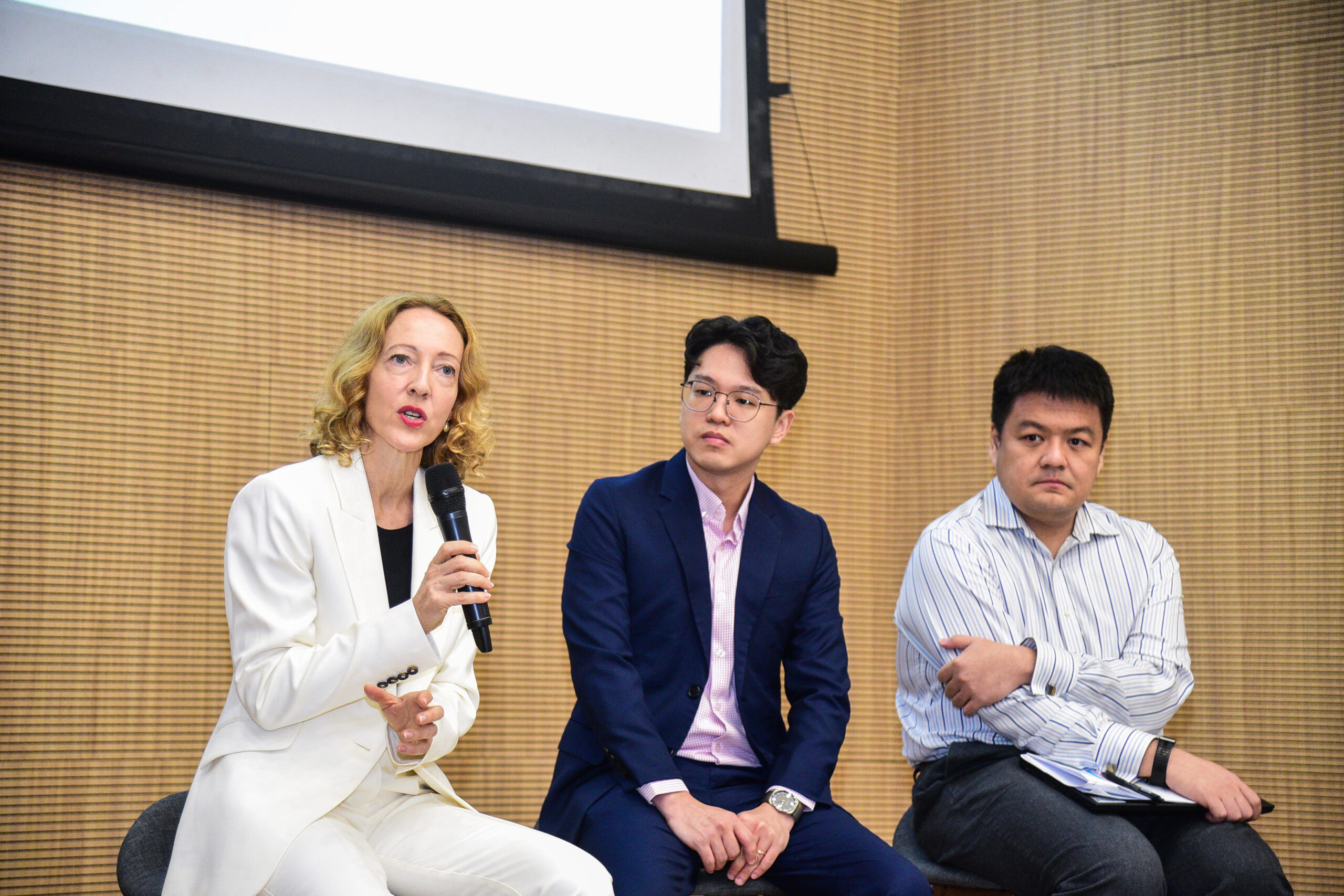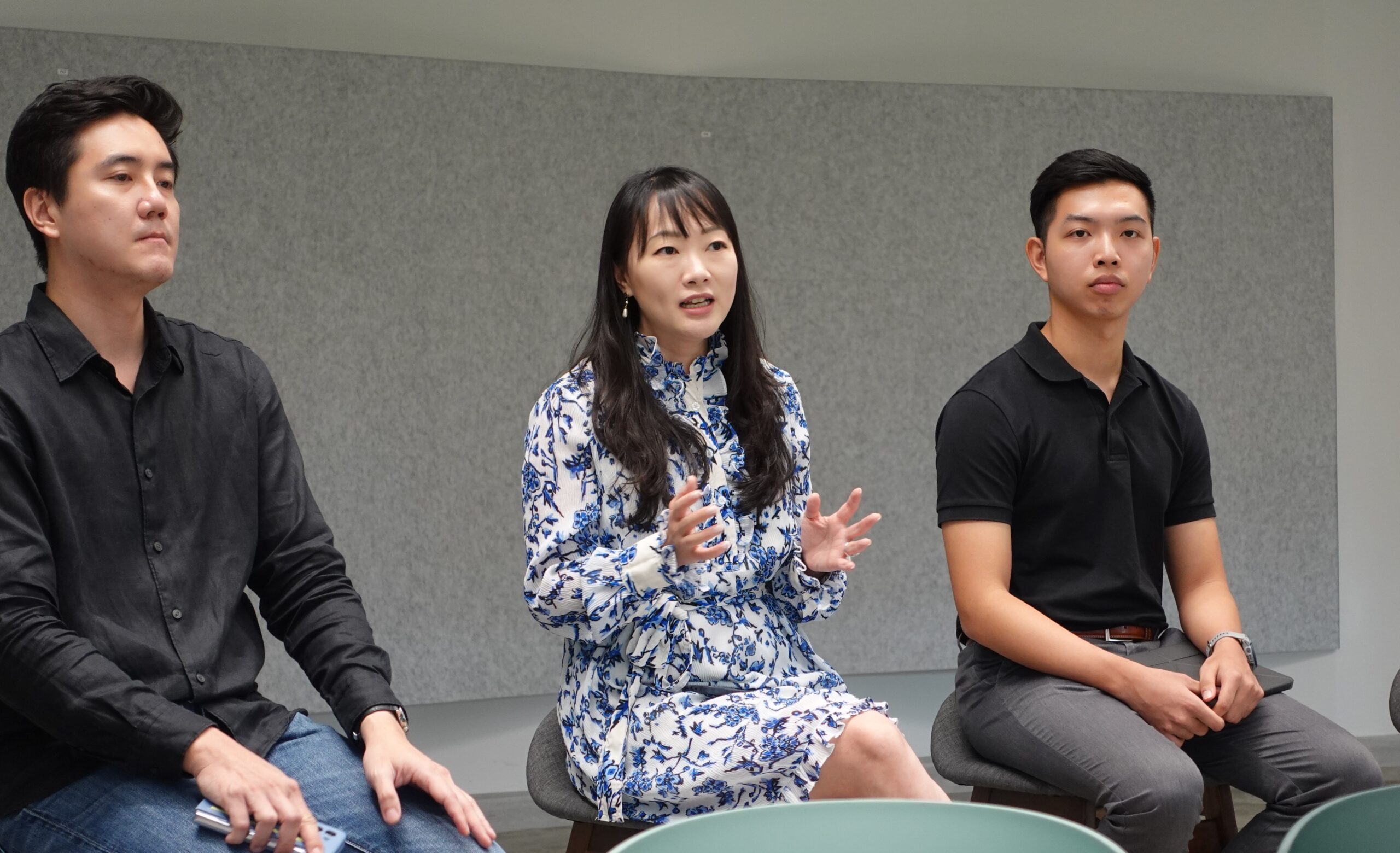Impact Stories
Getting people to act on climate change
We’ve been hearing for many years now that climate change is upon us and that action needs to be taken in order to prevent catastrophic disasters such as intense droughts, storms, heat waves and rising sea levels. These aren’t just baseless claims – dozens of people died in Australia’s 2019-2020 bushfire season which was one of the worst on record, the 2019 Indian floods over thirteen states resulted in at least 200 deaths and about a million displaced.
It can however be difficult for many of the public to take action when hearing reports and stories about these disasters because they feel distant and indirect. Many members of the public may also feel that their individual action alone could not possibly make a difference to combat high-level disasters.
This gap between the plight of disasters and the public feeling too disconnected to take action can be bridged by climate change communicators. A study funded by the LRF Institute for the Public Understanding of Risk (IPUR) found that these communicators do work to relate climate change impacts to the experiences of their audience with extreme events, the way they now live, and give specific examples of changes that might happen and actions that could be taken.
The study, led by Dr Joost Buurman from the Institute of Water Policy at the Lee Kuan Yew School of Public Policy, involved speaking to 50 climate change communicators from Thailand and Singapore. Climate change communicators are people who publicly communicate about climate change and who talk about risks as they realise their views, explanations and advice have influence about how the public perceive and understand climate change risks.
Dr Buurman and his team found that the level of risk an individual felt exposed to was likely to be influenced by how he or she understood or framed “climate-related risks” and “climate change” as well as many other individual and situational factors. Speaking to the experts in Thailand and Singapore, the study had three key takeaways:
- Different types of communicators (scientists, journalists, government staff, business people, etc) reason differently. In evaluating risks from sea level rise, science-oriented communicators focused initially on assumptions about levels before assessing severity of impacts and the adequacy of adaptation options. Advocacy-oriented communicators went straight to imagining the severity of impacts.
- Communicators observed that the public want to take action but do not know how to. They often called for policies and measures to be put in place that guides the public into action, e.g. a few communicators in Thailand cited the policy of not using plastic bags as a successful example.
- Climate change communicators find that invisible, distant, indirect and uncertain changes or impacts are difficult to communicate because they do not sustain interest.
Building on point number three mentioned above, there are difficulties and challenges in getting people to act on climate change for two potential reasons. Firstly, taking climate action presents a trade-off between short and long-term benefits, which many find difficult to make. Ignoring climate change in the present means people can drive the cars they want or buy whatever products they wish regardless of the ecological consequences.
Secondly, climate change cannot be viewed as a “straightforward” problem. Eating sugary foods occasionally is okay for the body, however constant consumption of such foods could have damaging and last consequences on a person’s health. This can be seen through the same lens as climate change – a slow but steady increase in our carbon footprint would eventually lead to irreversible environmental consequences.
To counter this, people need to be motivated and shift their attitudes and behaviour to one that views climate change as a “now” rather than “later” problem.
Dr Buurman’s study noted that a major factor in motivating the public to take action is tailoring information to specific demographics (cultural, age, profession etc) and also using tangible examples as an effective communication strategy. One telling difference between Singapore and Thailand in the interviews is that trust in government authorities is much higher in the former, and consequently, people feel safe almost regardless of the severity of the climate change threat.
The study also found that there are differences between the types of communicators. Scientists and journalists were most concerned with the evidence for climate risks and providing a balanced and unbiased view, while online influencers and activists emphasised attitude change or taking action to address climate change.
The findings from Dr Buurman’s study could help in addressing the gap between the public’s understanding and experts understanding of climate change risks and design more effective communication strategies. Moving forward, there are plans to continue the research in the form of an experimental study which could further build on the work and insights derived thus far.
Find out more about Dr Buurman’s study in this insight report on climate change communicators.


